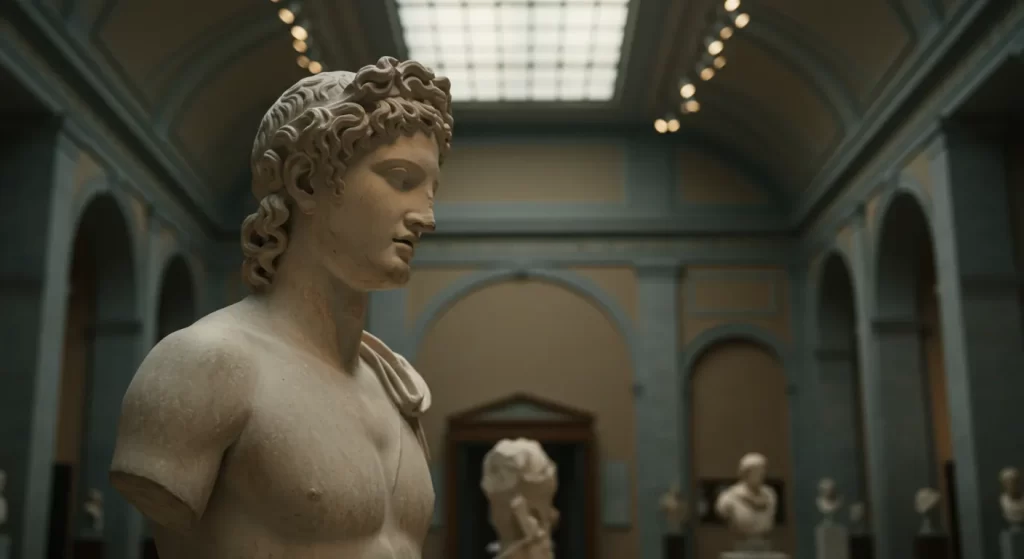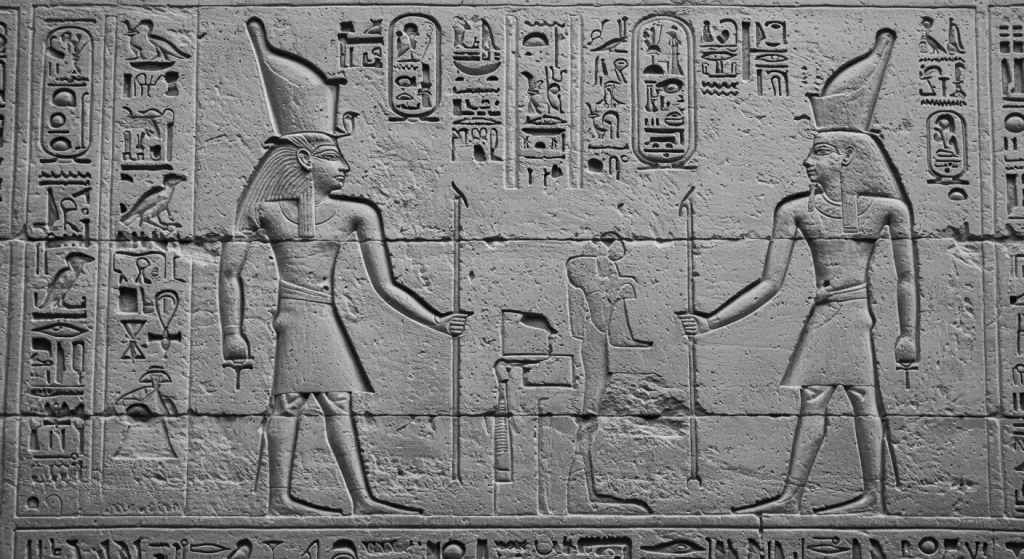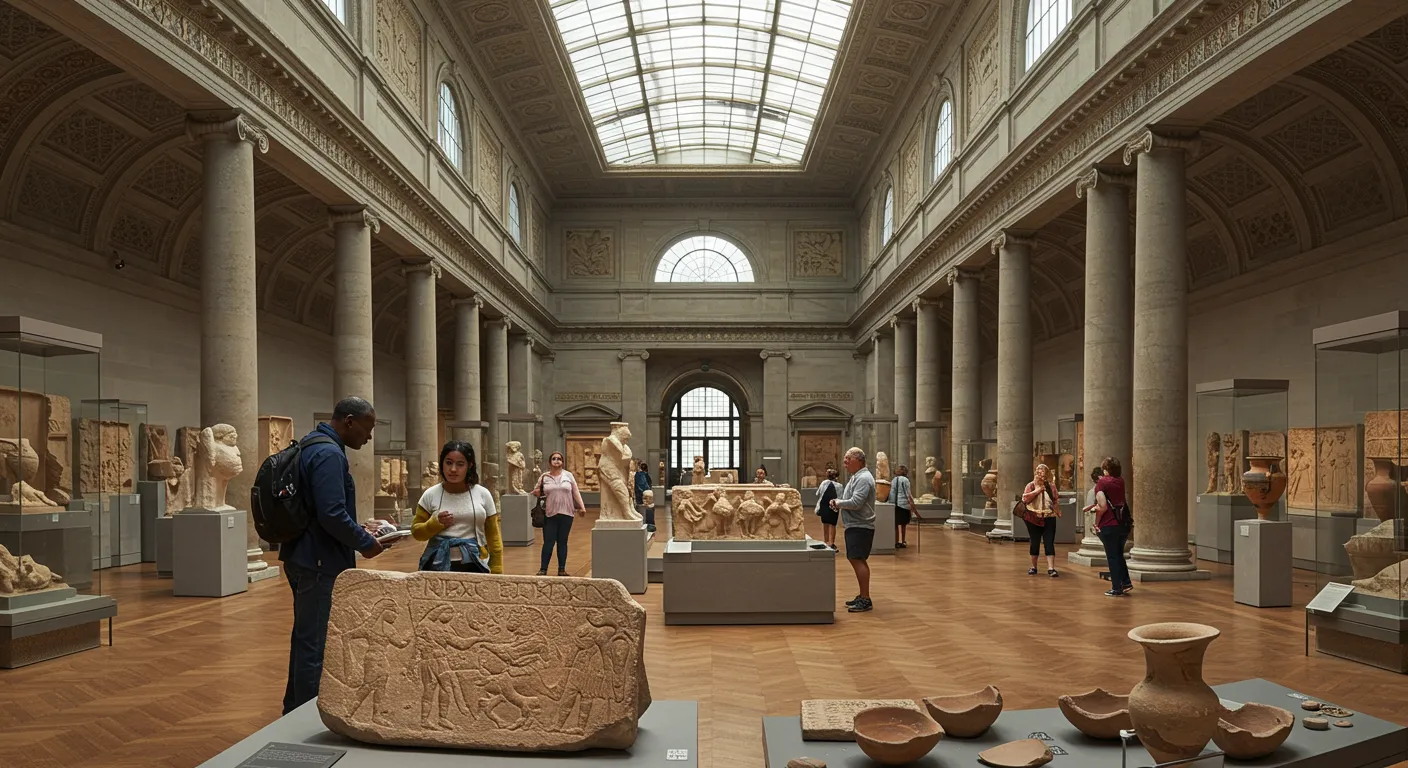Table of Contents
Ancient art is more than just beautiful works crafted in stone, paint, or metal—it’s a window into the past, offering insights into the lives, beliefs, and dreams of ancient civilizations. From the intricate carvings of the Egyptians to the vivid murals of the Mayans, the art of ancient cultures has shaped the world we live in today.
The captivating nature of ancient art lies in its storytelling; these masterpieces aren’t just decorative but reflect deep spiritual, historical, and cultural meanings. This article will explore the diverse and vibrant history of Ancient Artz, diving into the treasures left behind by some of the most influential cultures in history.
The Origins of Ancient Artz
The earliest forms of art date back to the Paleolithic period, when early humans first began to express themselves through cave paintings and carvings. These initial artworks weren’t created purely for decoration; they often had ritualistic or spiritual purposes.
The paintings on the walls of caves, such as those in Lascaux, France, and Altamira, Spain, depict animals like bison, mammoths, and horses and suggest that early humans might have used their art to ensure successful hunts or invoke spiritual protection.
The ancient practice of carving symbols into rock surfaces, known as petroglyphs, also dates back to these early periods. These rock carvings often included geometric patterns or human figures, and they provided valuable insight into the spiritual beliefs and daily lives of early societies.
The Symbolism Behind Early Art

One of the fascinating aspects of ancient art is its deep symbolism. Early art wasn’t merely decorative; it was often a way to communicate with the divine or with others.
For example, animals depicted in cave paintings might have represented fertility, hunting success, or spiritual guidance. This shows that art in the ancient world was intricately tied to survival and spirituality.
Even beyond the Paleolithic period, ancient art continued to serve as a medium for storytelling and religious expression. In Egypt, Mesopotamia, and beyond, the imagery and symbols embedded in artwork were central to understanding these ancient cultures and their beliefs about life, death, and the universe.
| Topic | Fact/Figure |
|---|---|
| Earliest Known Artwork | Cave paintings from Chauvet Cave in France, dated around 30,000 BCE. |
| Oldest Sculpture | The Venus of Willendorf, a limestone figurine from 25,000 BCE, found in Austria. |
| Ancient Egyptian Art | Egyptian art flourished around 3,000 BCE with the rise of the Old Kingdom. |
| Number of Terracotta Warriors | Approximately 8,000 life-sized warriors discovered in the tomb of Emperor Qin Shi Huang (China). |
| Greek Sculptures | Classical Greek sculptures emerged during the 5th century BCE, focusing on ideal human form. |
| Roman Mosaics | Mosaics became popular in Rome during the 2nd century BCE, with intricate designs in homes and public spaces. |
| Mesopotamian Ziggurats | The Ziggurat of Ur, built around 2100 BCE, stands at 70 feet (21 meters) tall. |
| Mayan Art | Mayan murals were created around 1000 BCE in Mexico and Guatemala, depicting gods and celestial events. |
| Indus Valley Civilization Art | The Indus Valley, active from 3300–1300 BCE, produced detailed pottery and bronze figurines. |
| African Rock Art | Saharan rock art is estimated to be around 8,000 years old, found in regions like Algeria. |
| Hieroglyphics | Ancient Egyptian hieroglyphics date back to 3,200 BCE and contain over 700 symbols. |
| Olmec Colossal Heads | The Olmec heads, weighing up to 50 tons, were carved between 1200 and 400 BCE. |
| Stonehenge | Built in 2500 BCE in England, Stonehenge features large stones weighing up to 25 tons each. |
| African Wooden Sculptures | African wooden art flourished between 500 BCE and 1000 CE, with sculptures used in spiritual rituals. |
| Roman Public Art | Rome’s Colosseum, completed in 80 CE, featured sculptures and art to honor emperors and deities. |
Mesopotamian Art: A Glimpse into the Cradle of Civilization

Mesopotamia, often referred to as the “Cradle of Civilization,” offers some of the earliest examples of structured society and art. Mesopotamian art was deeply intertwined with religion and politics, as it was used to honor gods, celebrate rulers, and record historical events.
One of the key features of Mesopotamian art is the ziggurat, a massive stepped pyramid that served as a temple dedicated to a city’s patron god. These ziggurats were often adorned with elaborate carvings that told stories of gods and kings, reinforcing the authority of the ruler and the divine forces they were believed to represent.
Cylinder seals, another prominent form of Mesopotamian art, were used to mark documents and property. These seals often featured intricate scenes of mythological events, demonstrating the importance of art as both a functional and religious tool in early societies.
Egyptian Art: The Gateway to the Afterlife
Egyptian art is perhaps the most famous of all ancient art forms. Its intricate symbolism and spiritual significance have fascinated scholars for centuries. Central to Egyptian art was the concept of the afterlife, and much of their artwork was created for tombs and burial rituals. Statues, paintings, and carvings adorned the tombs of pharaohs and nobility, with the belief that these works would guide the soul into the afterlife.
Also Read: Understanding What Does Waive Extradition Mean?
The famous Egyptian murals and hieroglyphics tell the stories of gods and pharaohs, as well as important events in Egyptian history. Hieroglyphics themselves were not merely letters but symbolic representations of ideas, deities, and elements of the natural world.
The Egyptians’ focus on life after death influenced their artistic creations, with many works designed to ensure a smooth passage to the next world.
Perhaps the most iconic symbols of Egyptian art are the monumental statues and pyramids. The Great Pyramid of Giza, for example, was not only a tomb but a statement of divine and royal power. The monumental scale of these structures emphasizes the Egyptians’ belief in the eternal power of the pharaohs.
The Classical Beauty of Greek Sculptures
The ancient Greeks were masters of sculpture, particularly in representing the human form. Greek artists sought to capture the idealized human body, striving for perfection in their marble statues and bronze figures. These sculptures were often depictions of gods, athletes, or philosophers and celebrated the human capacity for reason, strength, and beauty.
Greek art is often divided into several periods, each marked by a distinct style. In the Classical period, the Greeks perfected the technique of contrapposto, where a statue is posed with one leg forward and the weight shifted to one side. This posture gave their figures a sense of naturalism and movement, influencing Western art for centuries to come.
One of the most famous examples of Greek sculpture is the statue of the Discobolus (the Discus Thrower), which exemplifies the Greek pursuit of perfect form. Greek art has had an enduring influence on Western culture, from the Renaissance to modern times, and continues to inspire artists and architects today.
Ancient Roman Art: Realism and Public Works

Roman art, heavily influenced by Greek traditions, placed a greater emphasis on realism and practicality. Unlike the idealized figures of Greek sculpture, Roman portraiture aimed to capture the true likeness of individuals, warts, and all.
This emphasis on realism extended to their public works, such as triumphal arches, columns, and statues, which commemorated military victories and celebrated the achievements of emperors.
The Romans were also known for their impressive architecture, including the Colosseum, aqueducts, and the Pantheon. These structures, built with concrete, demonstrated the Romans’ engineering expertise and their ability to merge form and function.
Roman mosaics, often found in homes and public spaces, also showcase their artistic skills, with intricate patterns and scenes that depicted daily life, mythology, and landscapes.
The Influence of Ancient Art on Modern Creativity
Ancient Artz continues to inspire and influence contemporary artists. From digital recreations to modern reinterpretations, the legacy of ancient art can be seen in various forms of modern creativity. Many contemporary artists draw inspiration from the symbolism, techniques, and materials used by ancient cultures, blending them with modern sensibilities to create fresh, innovative works.
The ancient world’s art was not merely about aesthetics but about culture, religion, and power. Today, artists and creators continue to use these themes to explore contemporary issues, highlighting the enduring relevance of ancient art in our modern world.
Closing Thoughts
Ancient Artz offers more than just a glimpse into the past. It is a testament to the creativity and resilience of human culture. These works of art reveal the deep connections between religion, society, and identity, providing timeless lessons about our shared human experience.
From the awe-inspiring pyramids of Egypt to the intricate pottery of Greece, Ancient Artz continues to captivate our imagination and influence the world around us.
By studying the art of ancient civilizations, we not only learn about their ways of life but also gain a deeper appreciation for the enduring power of human expression. The stories and symbolism woven into these artworks continue to shape our understanding of history, culture, and the timeless nature of creativity.
Ancient Artz, through its various forms and meanings, remains an invaluable resource for understanding the past and its enduring influence on the present.
FAQs
What are Roman mosaics?
Roman mosaics are intricate designs made of small tiles (tesserae), often depicting scenes from daily life, mythology, or nature, found in Roman homes and public spaces.
Why were Roman mosaics important?
Roman mosaics were not only decorative but also symbolized wealth, power, and culture, adorning floors and walls in public buildings, villas, and temples.
Where can I see Roman mosaics today?
You can view Roman mosaics in museums like the British Museum, the Louvre, and archaeological sites like Pompeii and Ostia Antica in Italy.






